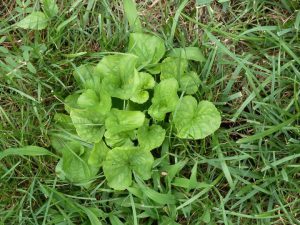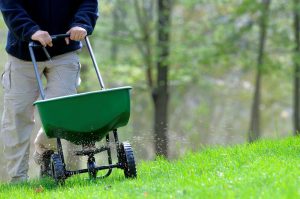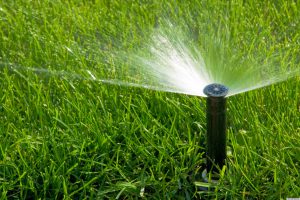Do you know that your lawn still needs care between mowing jobs? Your yard is made up of more than just a thick carpet of green grass. It’s a living, breathing organism that needs tender loving care throughout the entire growing season.
Here are six tips to keep your yard looking great between mows:
(1) Get a soil test: Before you buy any fertilizer, you first need to have your soil tested. Otherwise, how do you know how much nitrogen, phosphorous and potassium your lawn actually needs? Plus, a soil test will tell you if your soil’s pH is balanced for grass growth. Soil that’s too acidic leads to too many weeds. Aim for a balance of 6-7. You can find soil tests in garden centers, big box stores and your local extension office.
(2) Carefully fertilize: After you learn what your soil needs, you next need to buy the right lawn fertilizer for your yard’s nutritional needs. Stay away from weed and feed fertilizer that causes quick green up but very little in the way of deep, lasting nutrition. Instead, aim for a slow-release fertilizer that gradually leeches nutrients into the soil over a period of time. Read the back label on the lawn fertilizer bag and make sure that you get the right ratio of nitrogen (N), potassium (K) and phosphorus (P). If you’re not sure, ask a salesperson to help you. Also, follow all of the package directions to a tee. Too much fertilizer not only can burn your grass, but adds too much nitrogen and potassium into your waterways. Finally, blow excess lawn fertilizer back into your lawn—not down your storm drains or in the street.
(3) Don’t overwater your lawn: If you want a healthy lawn, you need to give it the right amount of water at the right time. Your lawn only needs about an inch of water per week. You won’t need to water your lawn at all if your area had a rainy week where your lawn got that required inch. Consider investing in an irrigation system. Today’s irrigation systems tailor your lawn’s watering needs by switching off before a storm starts or when the soil is moist enough. They also come with timers so you can set your system to go off between 4 a.m. and 9 a.m.—the ideal window of time for lawn irrigation.
(4) Control weeds: If at all possible, use weed control sparingly. Again, it’s all in the timing. Make sure you first use smart lawn care practices before dumping weed control on your yard. Learn about different kinds of weeds and how to get rid of them before using any chemicals on your lawn.
(5) Pest prevention: Like weed control, lawn pest prevention needs to be applied at the right time. For example, in June and July, it’s time to apply grub control. Yet, don’t go out and just buy grub control. First, pull back your lawn and count how many grubs you see within a square inch. If you have 10 or more grubs, you need to apply grub control; under 10, you don’t need to apply anything.
(6) Hire a pro: Careful lawn care requires a lot of time and knowledge. If you’re pressed for time, it may be better to hire a lawn and landscape maintenance company to take care of all your lawn care needs—including mowing, weed control and fertilization.
Did you need a break from mowing? Then it’s time to download the PLOWZ & MOWZ app. We make hiring a lawn mowing service a cinch with one tap on your screen.
Sources:
LoveYourLandscape.org, “How to Get the Lawn of Your Dreams.”
BriggsandStratton.com, “How to Get Healthy Soil and Grow a Beautiful Lawn.”




